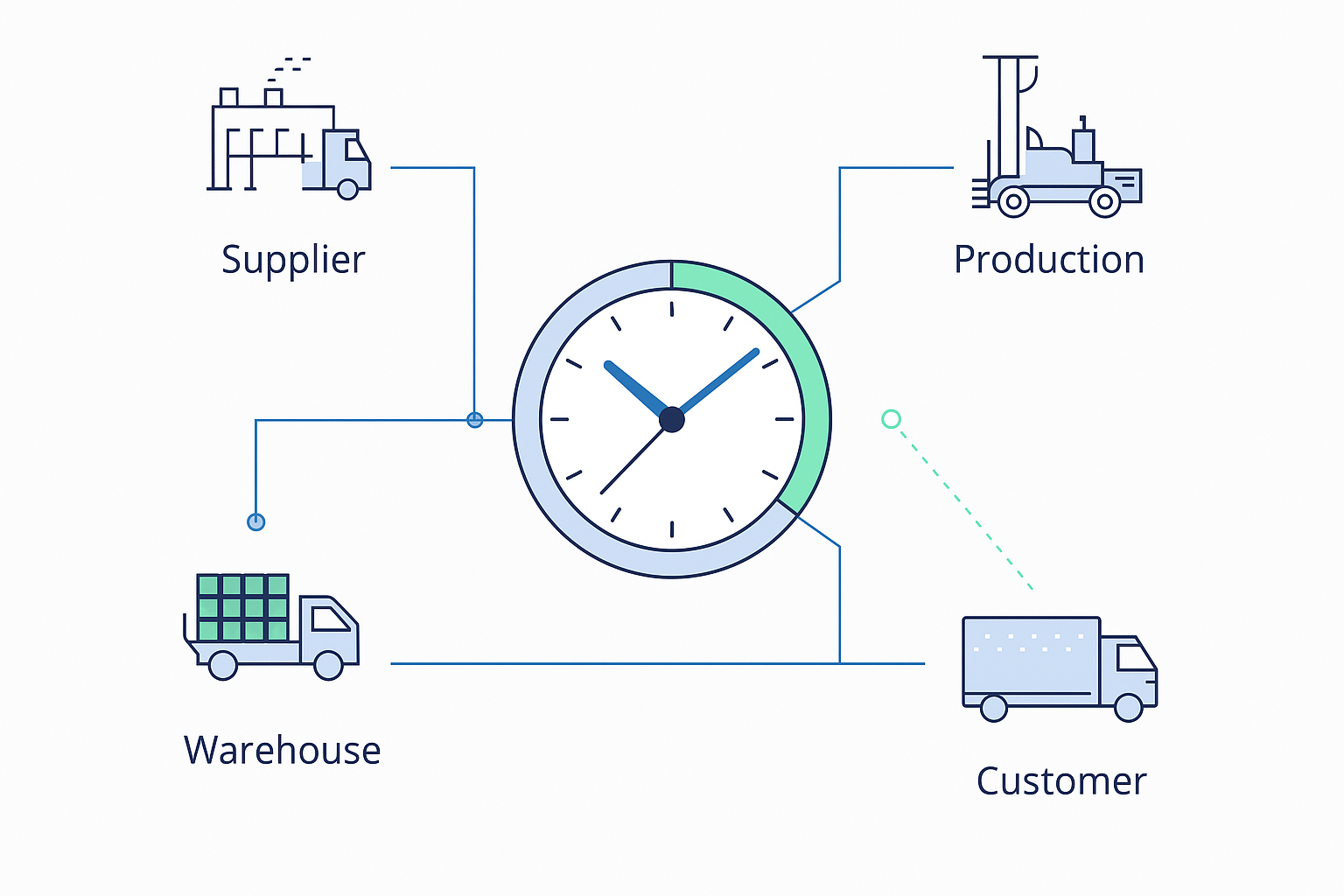Just like you, we’re taking the news day by day and continuously brainstorming ways to serve our community. The COVID-19 pandemic is having a profound impact on our lives, the kind we have not seen in centuries. It’s taking a profound humanitarian and economic toll, impacting supply chains in many ways. The apparel industry, for instance, is bracing for a prolonged period of low activity. Online grocers, on the other hand, are struggling to fulfill orders as demand for food and other essential products surges. The volatility we’re seeing is unprecedented. Our team put several resources together to help supply chain organizations navigate through this crisis safely.
Evaluate different scenarios
As McKinsey advises, it’s critical for companies to assess the depth of disruption, the length of disruption, and the shape recovery could take. The next 2-4 weeks are critical to understand the exposure throughout your value chain, take actions to address anticipated shortages, and ensure resource requirements to restart. Supply chain planning technology can be used to evaluate these different scenarios, address many of the possible impacts and help businesses recover quickly from losses. The examples below show you how to do this in AIMMS’s off-the-shelf Apps, but we encourage you to study these scenarios in the tools you have at your disposal.
Understand Exposure
Prolonged shutdowns will have both financial and operational implications, which are often very difficult to predict due to the complexity and far-reaching nature of supply chains. Since demand will significantly fluctuate before reverting to the mean, accurate demand signaling for the future will also become a challenge. Scenario planning is the key to understanding the many repercussions of sudden changes in demand and operations brought about by the COVID-19 pandemic. Multiple best/worst case scenarios should be run under different demand conditions to study the impact on your supply chain. This can help expose any vulnerabilities in your network and take your business a step closer towards preparedness.
Study 1: Anticipate Best- and Worst-Case Operations Scenarios
Adjusting Demand in Network Design Navigator
Demand Simulation in Network Design Navigator
Study 2: Inspect Demand Trends
Using Demand Forecasting Navigator to Study Demand Trends
Anticipate Shortages
As transportation lanes become unavailable, the availability of suppliers and components will decrease. There is a strategic incentive in understanding the optimal sourcing location for specific customers, and the optimal sourcing location for different resources. This is not to say that there is no value in having multiple supplier options, but understanding who your ideal supplier is can enable you to form the right relationship and expectations with them for the coming weeks. Review the study below to see how you can apply constraints in Network Design Navigator to identify the optimal sourcing location, while minimizing both production and distribution costs.
Study 3: Identify Optimal Sourcing Locations
Demo in Network Design Navigator
Ensure Resource Requirements
Manufacturing plants and warehouses will experience a sudden shift in resource utilization. There will most likely be a reduction in labor hours as fewer people will work in a closed, crowded environments. This could even lead to a total shutdown of certain plants. As certain resources are forced to close, other resources may experience an increased load. Companies may not be able to adequately ramp up capacity and lose sales. Study multiple resource utilization what-if scenarios and accommodate your production and inventory plan accordingly. Consider that you may also need to adopt new customer channels. Make sure you also understand how to prioritize and shift resource requirements based on customer channels.
Study 4: Create Multiple Plans for Resource Utilization
Capacity shutdown in S&OP Navigator
Study 5: Refine Capacity Smoothing (click to view demo and more information)
Study 6: Accelerate Adoption of Relevant Customer Channels (click to view demo and more information)
We’re here for you. Let us know how we can help
Contact us if you need help evaluating these different scenarios at your company or would like to explore if AIMMS SC Navigator is a good fit. You are welcome to share your findings, or suggestions for other scenarios to study. By sharing experiences, our body of knowledge can grow and help others. Together, we will come out stronger!





